News
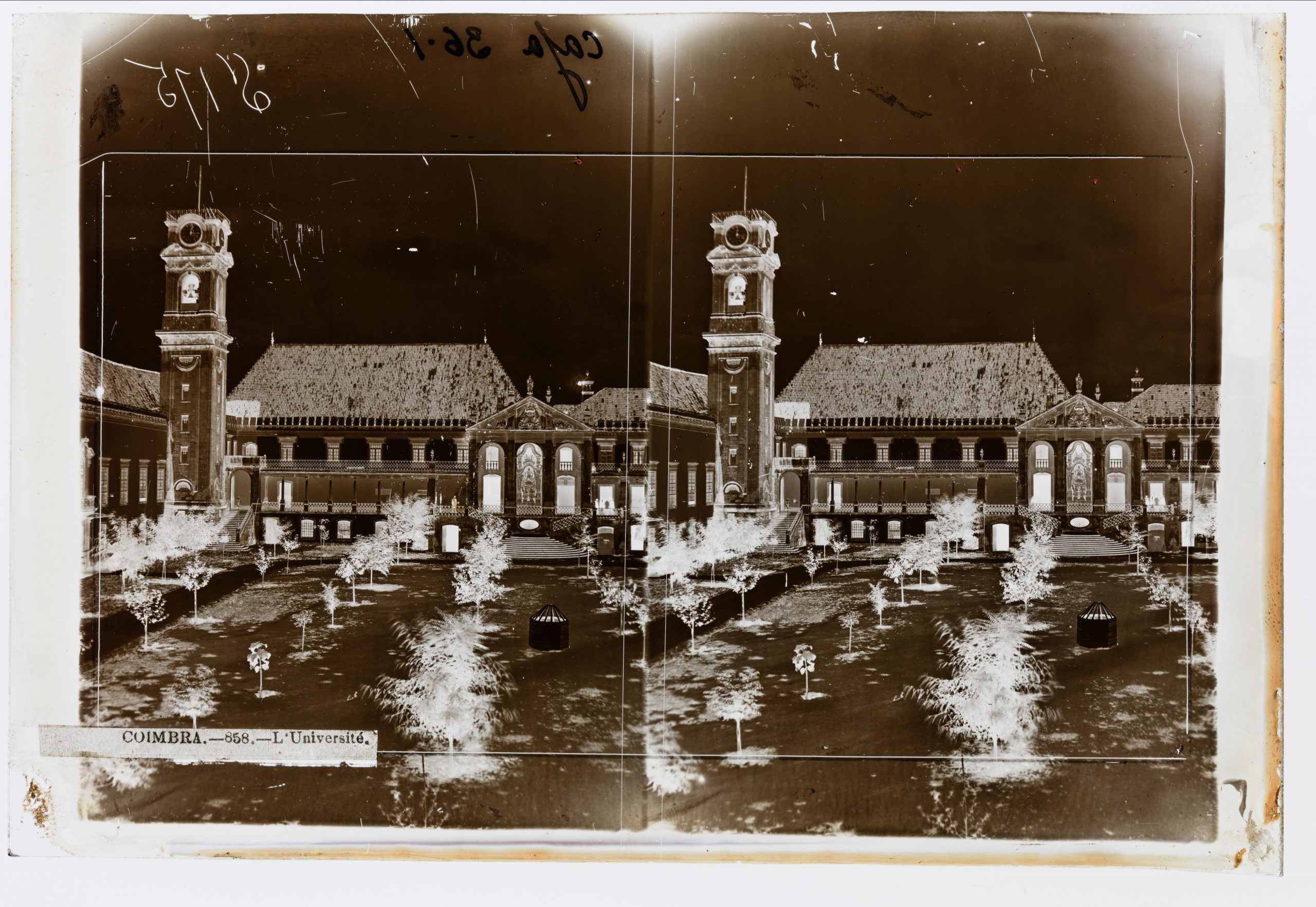
The stereoscopic negatives by J. Laurent in Portugal (1869)
In the next S&I Media conference, Carlos Teixidor (Cultural Heritage Institute, Madrid) will present the photographs taken by Jean Laurent in Portugal in 1869. A unique opportunity to see these negatives (Lisbon, Batalha, Tomar, Coimbra, Porto, Setúbal and Évora), and screened in 3D!
Jean (or Juan) Laurent started to work as a photographer in 1856 and by 1857 he was already taking stereoscopic views. Between 1861 and 1868 he was announced as the photographer for Queen Elizabeth II of Spain. In 1869 he traveled to Portugal to obtain city views and portrait the Portuguese royal family.
All his negatives from Portugal were made with the technique of wet collodion glass plates, using a small carriage as a photographic darkroom. Most of the prints were on albumin paper, but also some on leptographic paper. The Laurent archive is preserved in the Cultural Heritage Institute in Madrid. In total there are about 12,000 negatives by Laurent and his hired photographers. Among the stereoscopic negatives (13 x 18 cm format) there are 78 views of Portugal, mainly from Lisbon, Batalha, Tomar, Coimbra, Porto, Setúbal and Évora.
Carlos Teixidor Cadenas is the curator of historical photography at the Institute of Cultural Heritage of Spain (IPCE), Ministry of Culture and Sports, in Madrid. He has published several books, such as “Photography in the Canary Islands and Madeira. The era of daguerreotype, collodion and albumen 1839-1900” and “The postcard in Spain. 1892-1915” (Espasa, 1999).
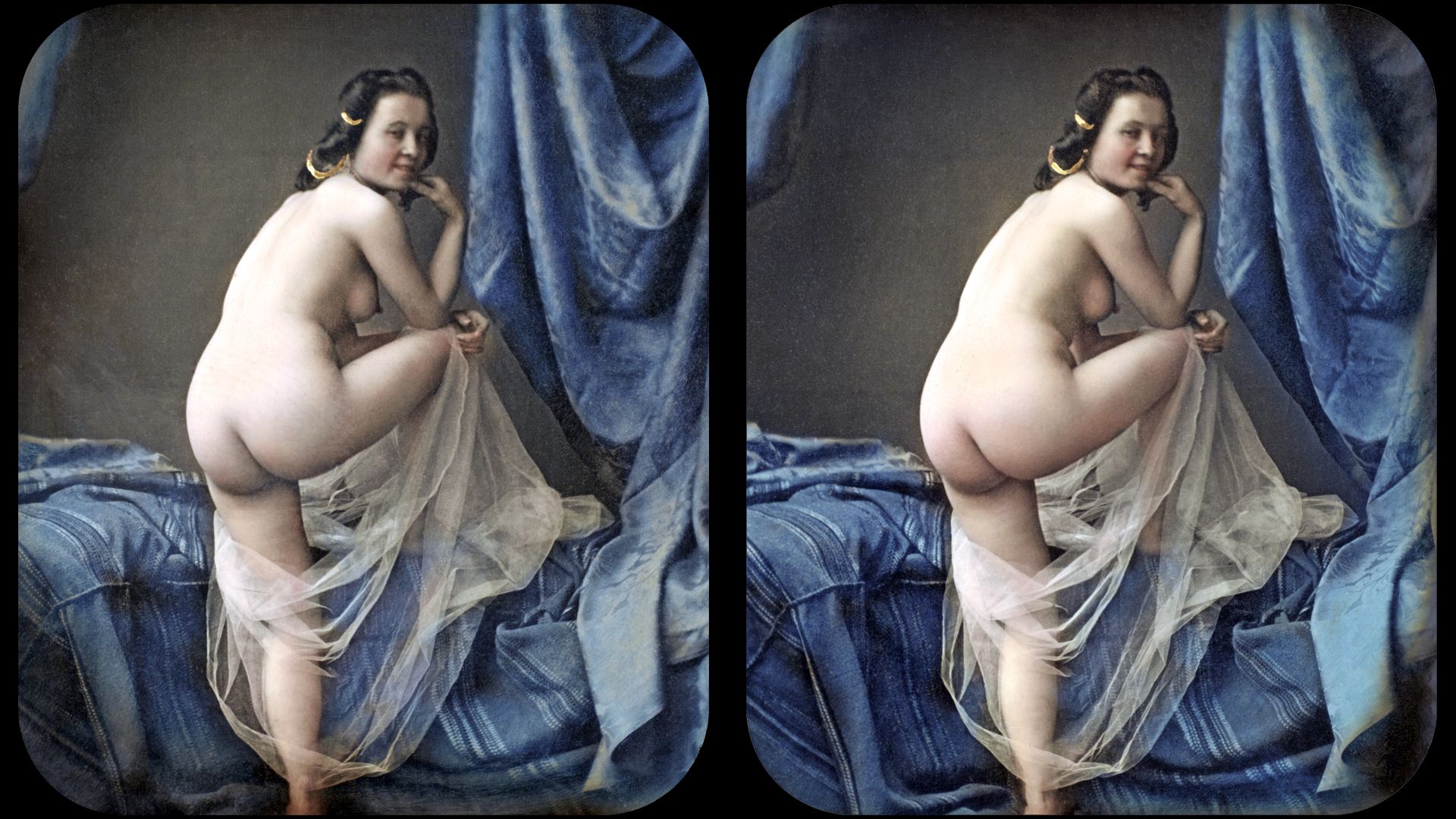
‘The “dirty-footed Venuses” and their photographers’
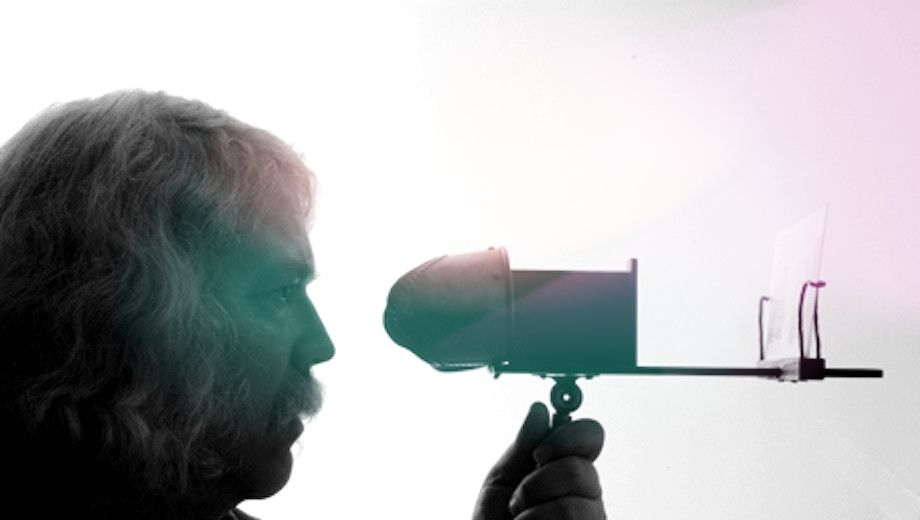
Tom Gunning next June in S&I Media 2021
The International Conference on Stereo & Immersive Media is honored to announce Tom Gunning as the opening keynote speaker of its next edition with a talk entitled “3-D Images: Realistic Illusion or Perceptual Confusion?”
The presentation seeks to explore the ambiguities of the devices of stereoscopic imagery both moving and still. Since the invention of the stereoscope there has been the claim that stereoscopic images gave a more complete representation of their objects by adding an appearance of three dimensionality. However, it has also been acknowledged that stereoscopy creates merely an optical illusion of three dimensionality, one which presents its own perceptual ambiguities. Moving from the issues raised by Jonathan Crary in his discussion of stereoscopy in The Techniques of the Observer to the history 3-D films, I want to explore how the tension between an illusionist approach of fooling the senses into believing an image and an outright challenge to representation which fosters the contradictions of stereoscopic images has made 3-D a dynamic aesthetic form. I will discuss both commercial films, such as the late Transformers series, as well as avant-garde works by Godard, Ken Jacob and The OpenEnded Group (Marc Downie and Paul Kaiser).
Tom Gunning works on problems of film style and interpretation, film history and film culture. His published work has concentrated on early cinema as well as on the culture of modernity from which cinema arose. His concept of the “cinema of attractions” has tried to relate the development of cinema to other forces than storytelling, such as new experiences of space and time in modernity, and an emerging modern visual culture. The issues of film culture, the historical factors of exhibition and criticism and spectator’s experience throughout film history are recurrent themes in his work.
Organization

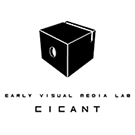
Partners



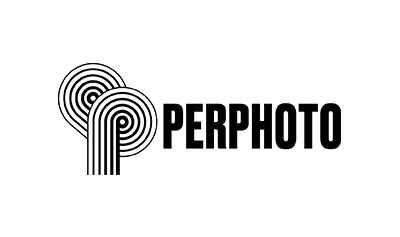

Campo Grande, 376, 1749 - 024 Lisboa | Tel.: 217 515 500 | Fax: 21 757 7006
Copyright © 2021 COFAC. Todos os direitos reservados. Gestão de conteúdos por Producao Multimédia
